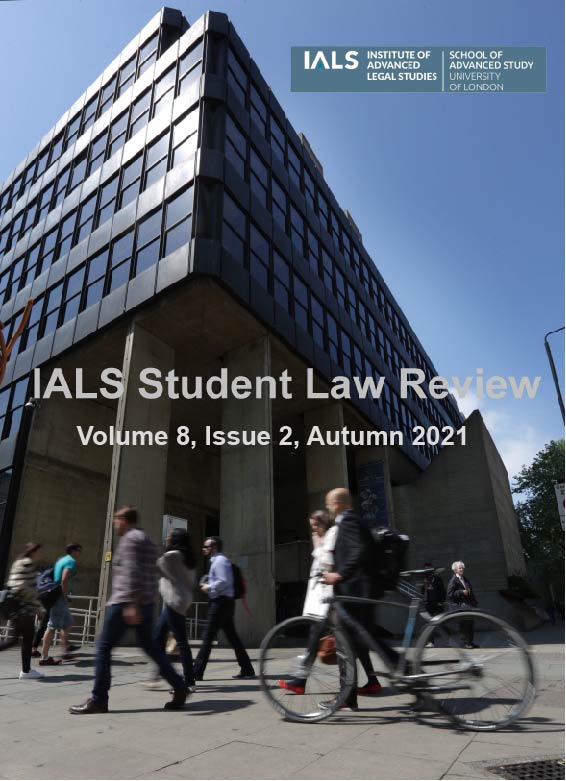Does the French law restricting the religious practice of the Islamic full-face veil amount to persecution within the remit of International Refugee Law, or is it a legitimate distinction under International Human Rights Law?
DOI:
https://doi.org/10.14296/islr.v8i2.5337Abstract
This article intends to prove that the general blanket ban restricting the public wearing of a full-face veil in France is a law that illegitimately discriminates against Muslim women who choose to cover their face with a Niqab and Burqa. The Niqab and Burqa are both full Islamic veils, which cover the whole body including the face, leaving just a narrow slit for the eyes (Niqab) or covering the eyes too (Burqa).[1] Muslim women who wear an Islamic veil, do so as a badge of honour—one that is liberating, empowering, and brings solace because it is worn solely as a religious act of compliance to God. Such face coverings are a valid form of manifestation of freedom of religion; a freedom enshrined as a non-derogable right under International Human Rights Law.[2] Yet, Muslim women have been severely deprived of such a right since the enforcement of Loi 2010-1192 du 11 Octobre 2010 interdisant la dissimulation du visage dans l'espace public - Law 2010-1192 of 11 October 2010 on the Prohibition of Concealing the Face in Public Space.[3] This law has allowed for the nationwide marginalisation of a group of women simply trying to live in the comfort of their faith. I will contend that such a profane law is not only a clear form of indirect discrimination under International Human Rights Law through the State’s illegitimate justifications; but also, that the law amounts to persecution on cumulative grounds under the Refugee Convention 1951.
Downloads
Downloads
Published
Issue
Section
License
Work published in the IALS Student Law Review is licensed under a Creative Commons Attribution-NonCommercial-NoDerivs 3.0 Unported License.
Those who contribute items to IALS Student Law Review retain author copyright in their work but are asked to grant two licences. One is a licence to the Institute of Advanced Legal Studies, School of Advanced Study of the University of London, enabling us to reproduce the item in digital form, so that it can be made available for access online in the open journal system and repository and website. The terms of the licence which you are asked to grant to the University for this purpose are as follows:
'I grant to the University of London the irrevocable, non-exclusive royalty-free right to reproduce, distribute, display, and perform this work in any format including electronic formats throughout the world for educational, research, and scientific non-profit uses during the full term of copyright including renewals and extensions'
The other licence is for the benefit of those who wish to make use of items published online in IALS Student Law Review and stored in the e-repository. For this purpose we use a Creative Commons licence allowing others to download your works and share them with others as long as they mention you and link back to your entry in IALS Student Law Review and/or SAS-SPACE, but they can't change them in any way or use them commercially.



